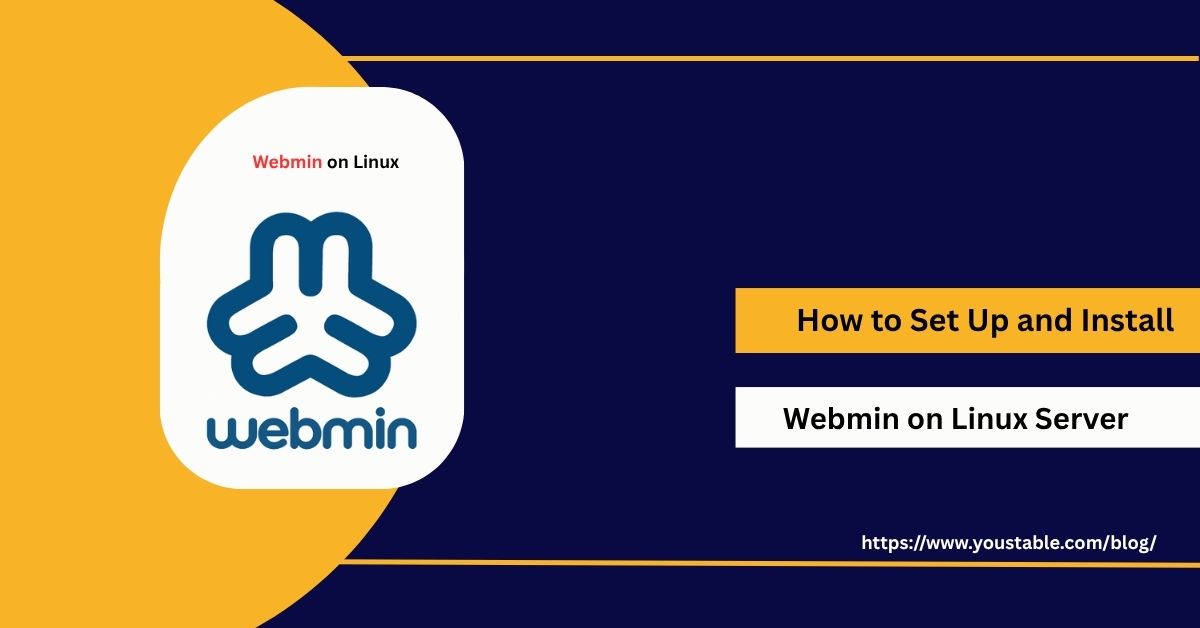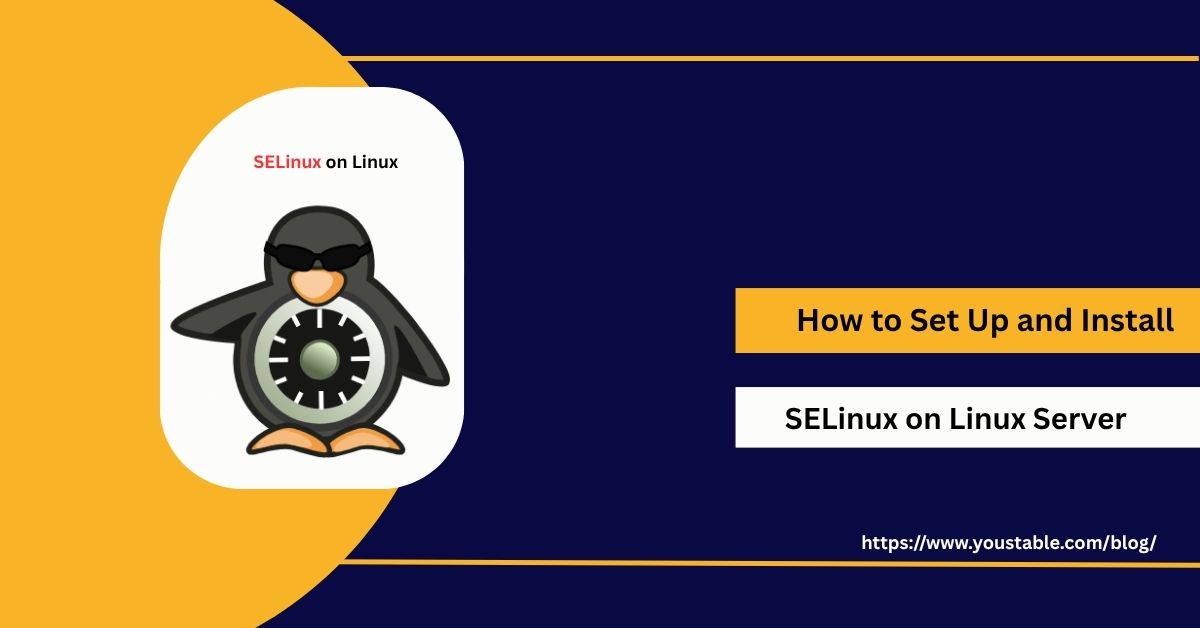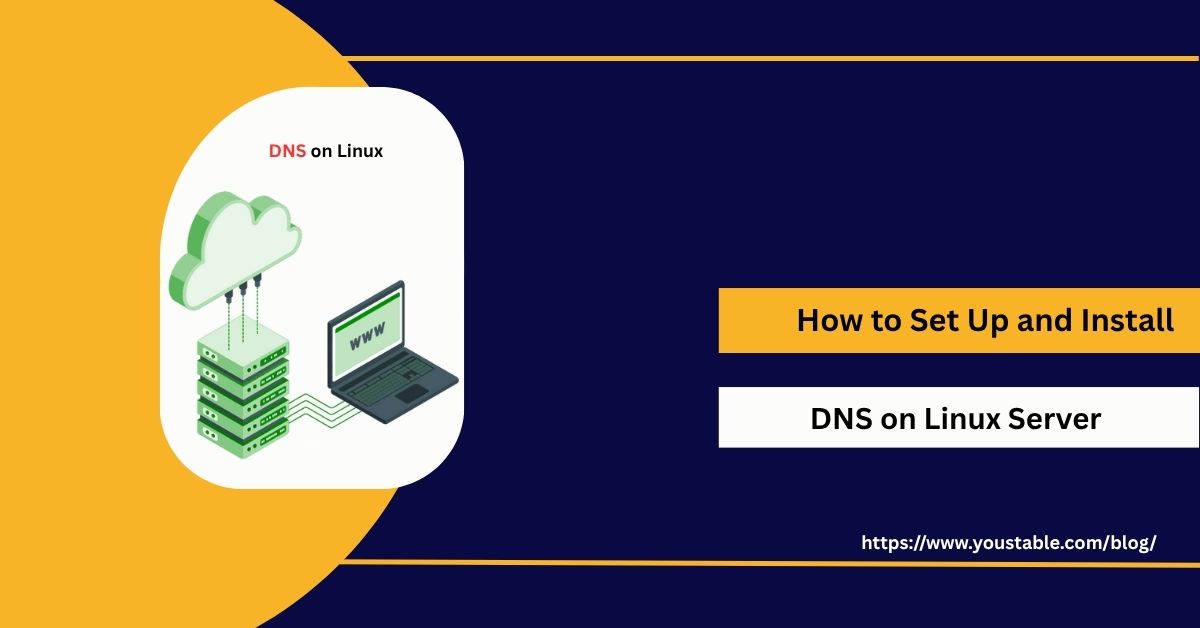Webmin is a powerful web-based interface for system administration tasks. It allows users to manage various aspects of their Linux servers, including user accounts, package installations, and system configurations, all through an intuitive web interface. Install Webmin on your Linux server and simplify server management, especially for those who prefer not to use the command […]
SELinux (Security-Enhanced Linux) is a powerful security module that adds a layer of protection to your Linux server. It uses mandatory access control (MAC) to restrict how processes interact with each other and the system. Installing SELinux on a Linux server can significantly enhance its security by enforcing strict policies that prevent unauthorized actions. In […]
IPTables is one of the most powerful tools for managing network traffic on a Linux server. As a packet filtering system, it plays a vital role in securing your server by controlling which data packets are allowed to enter or leave. Suppose you’re looking to install IPTables on your Linux server. In that case, this guide will […]
VPS hosting is a popular choice for businesses and developers seeking more control over their hosting environment without the expense of dedicated servers. By choosing Linux as the operating system for your VPS, you benefit from an open-source, secure, and highly customizable solution. If you’re wondering how to set up VPS server, Linux offers an […]
DNS (Domain Name System) is the backbone of the internet, translating domain names example.com into IP addresses that computers can understand. Whether you’re setting up a DNS server for a website, a local network, or for improved DNS resolution, installing DNS on a Linux server can be a powerful way to enhance your network’s performance […]


![Install IPTables on Linux Server from Scratch [Beginner Friendly]](https://www.youstable.com/blog/wp-content/uploads/2025/07/Install-IPTables-on-Linux-Server-from-Scratch-Beginner-Friendly.jpg)

